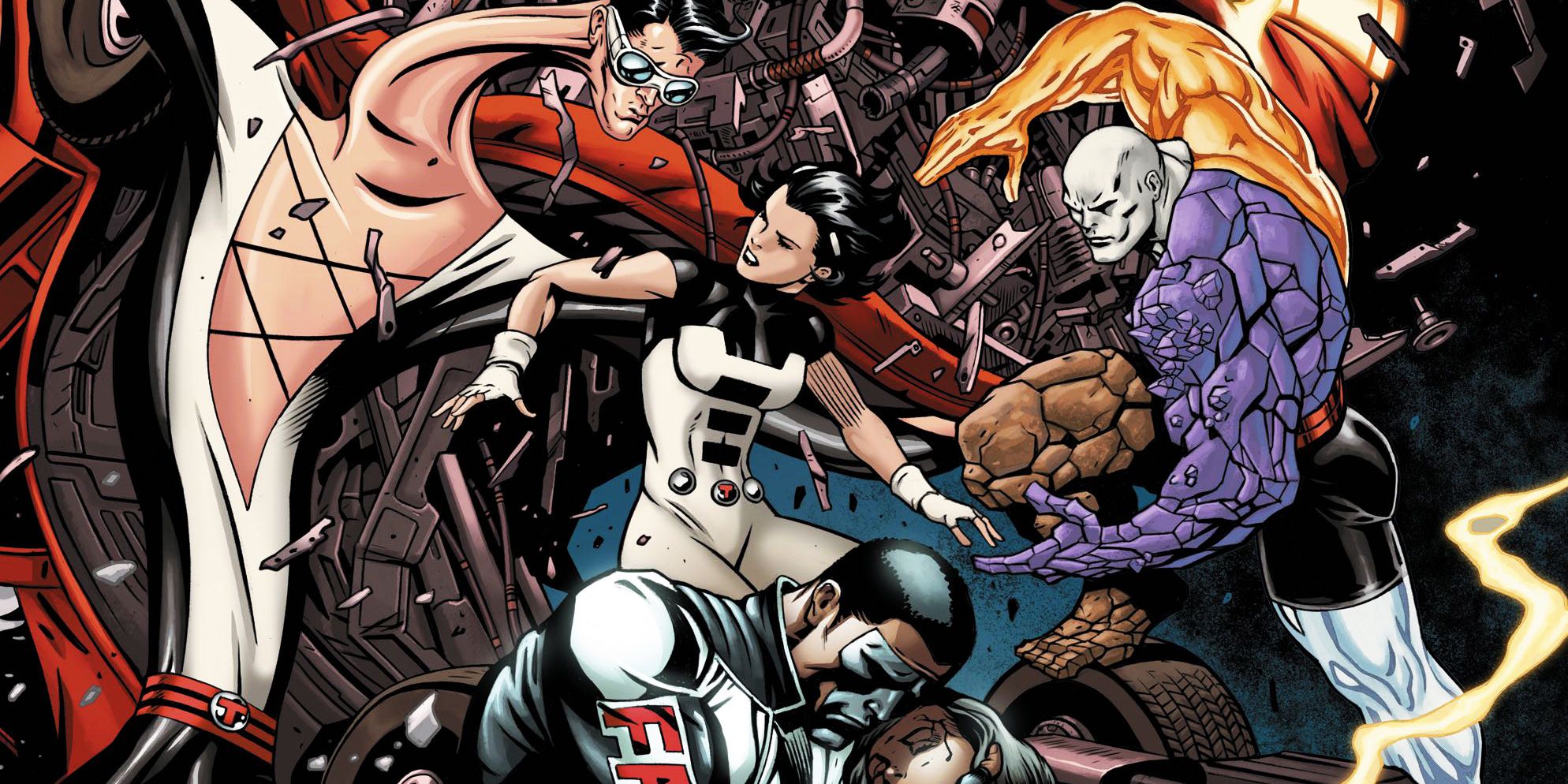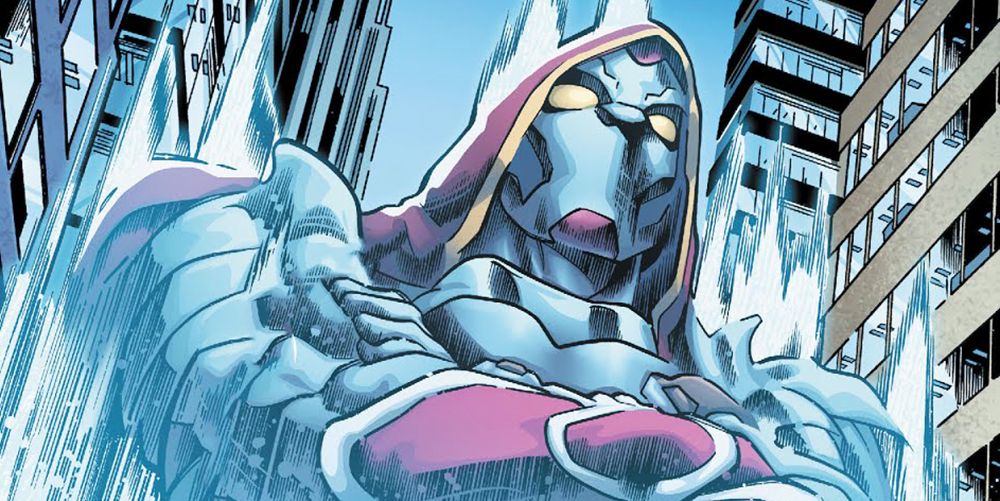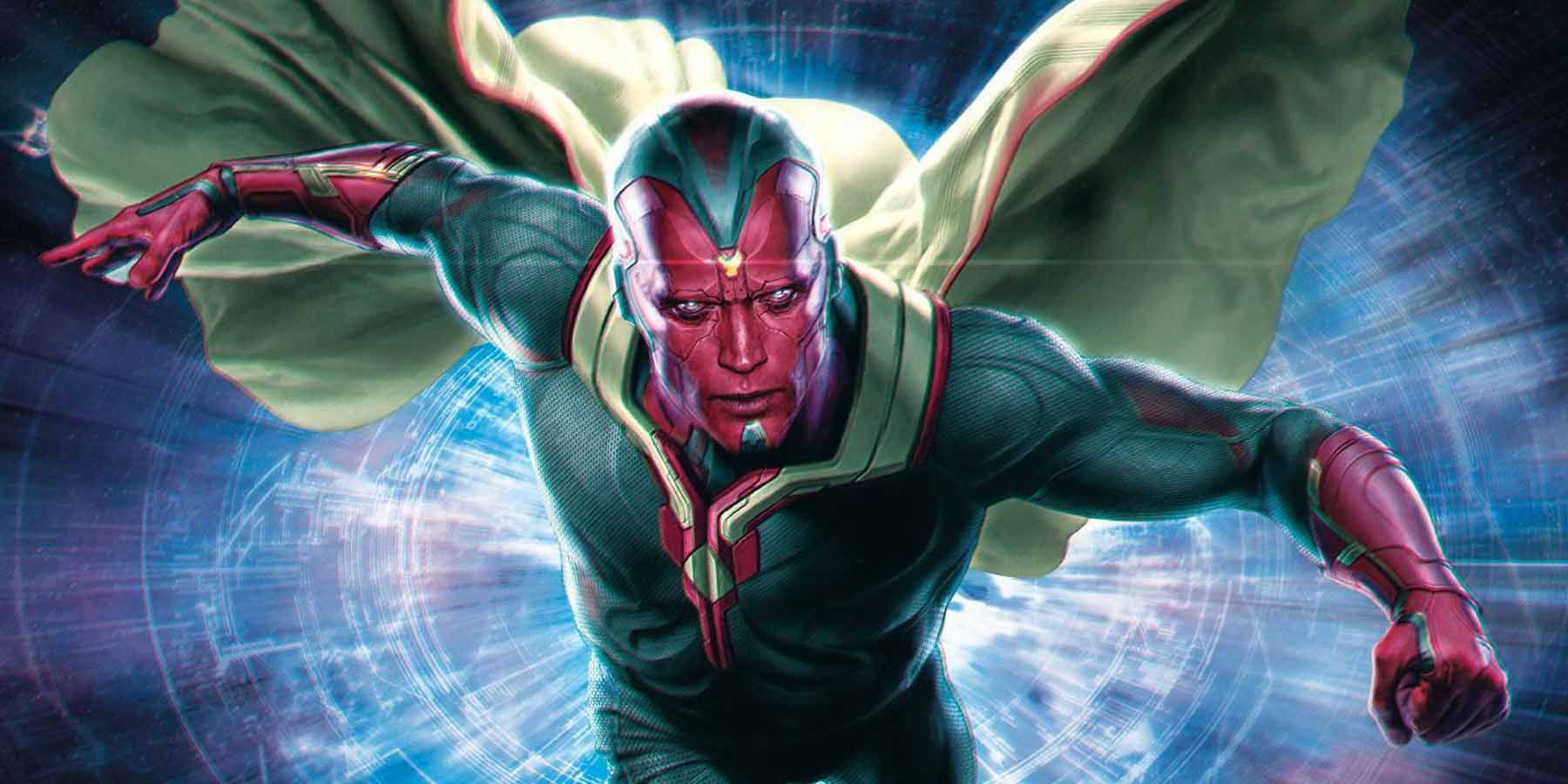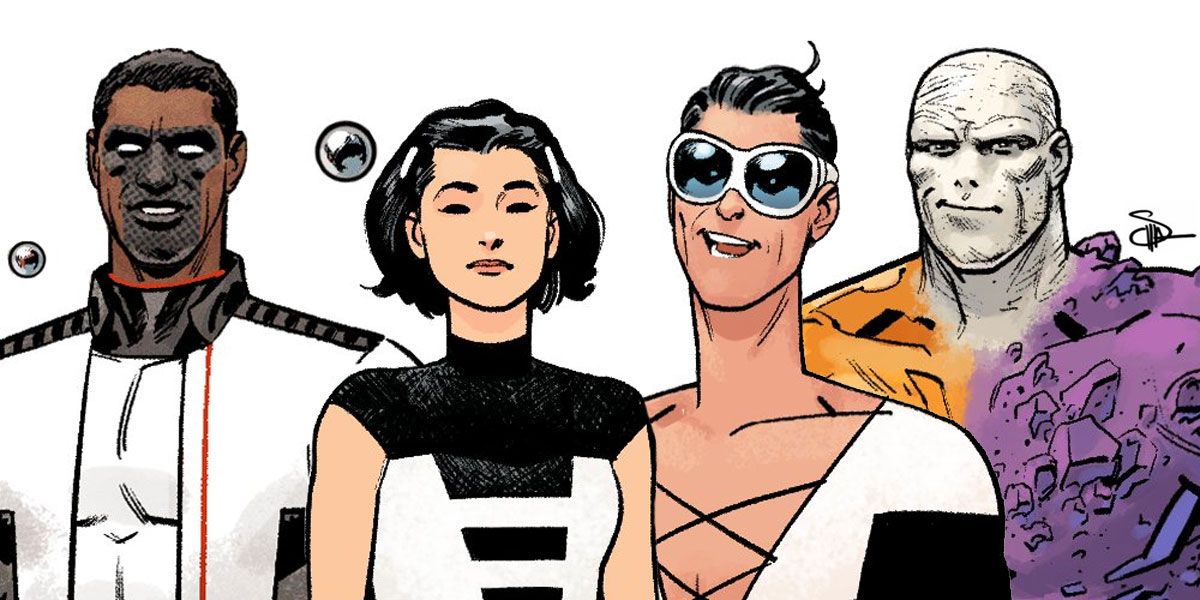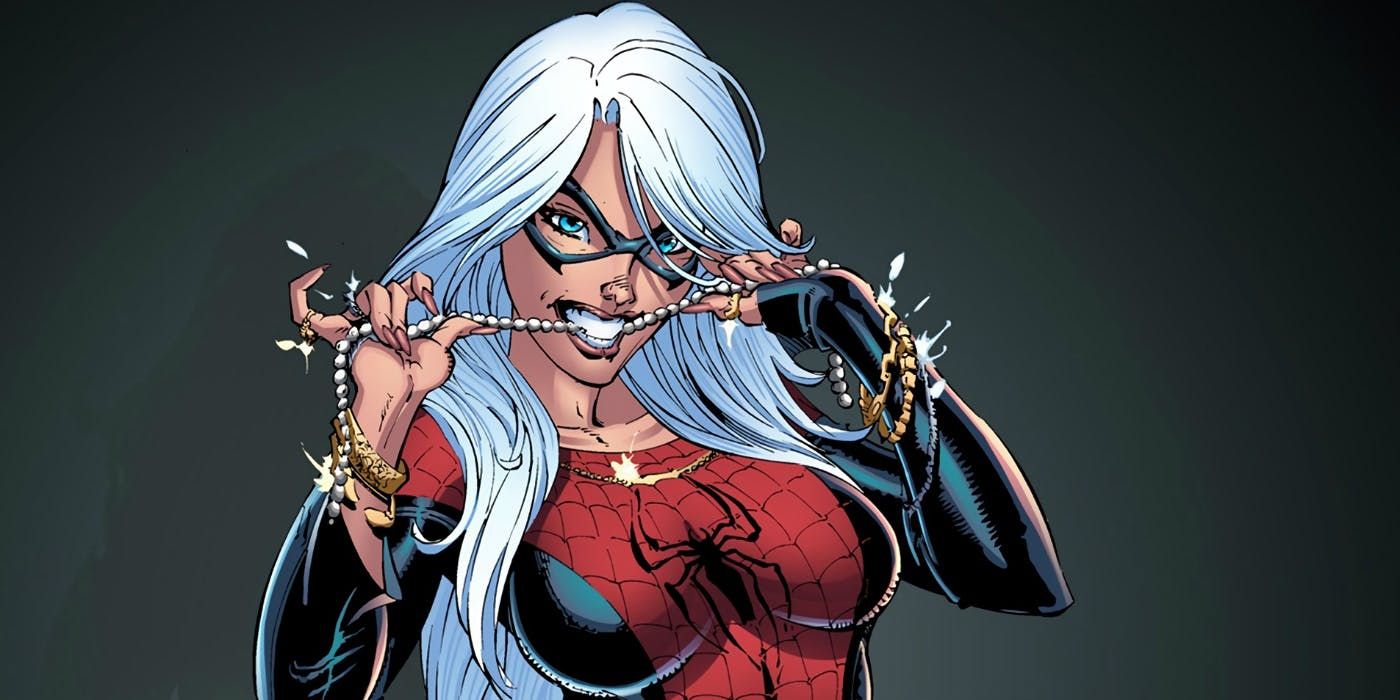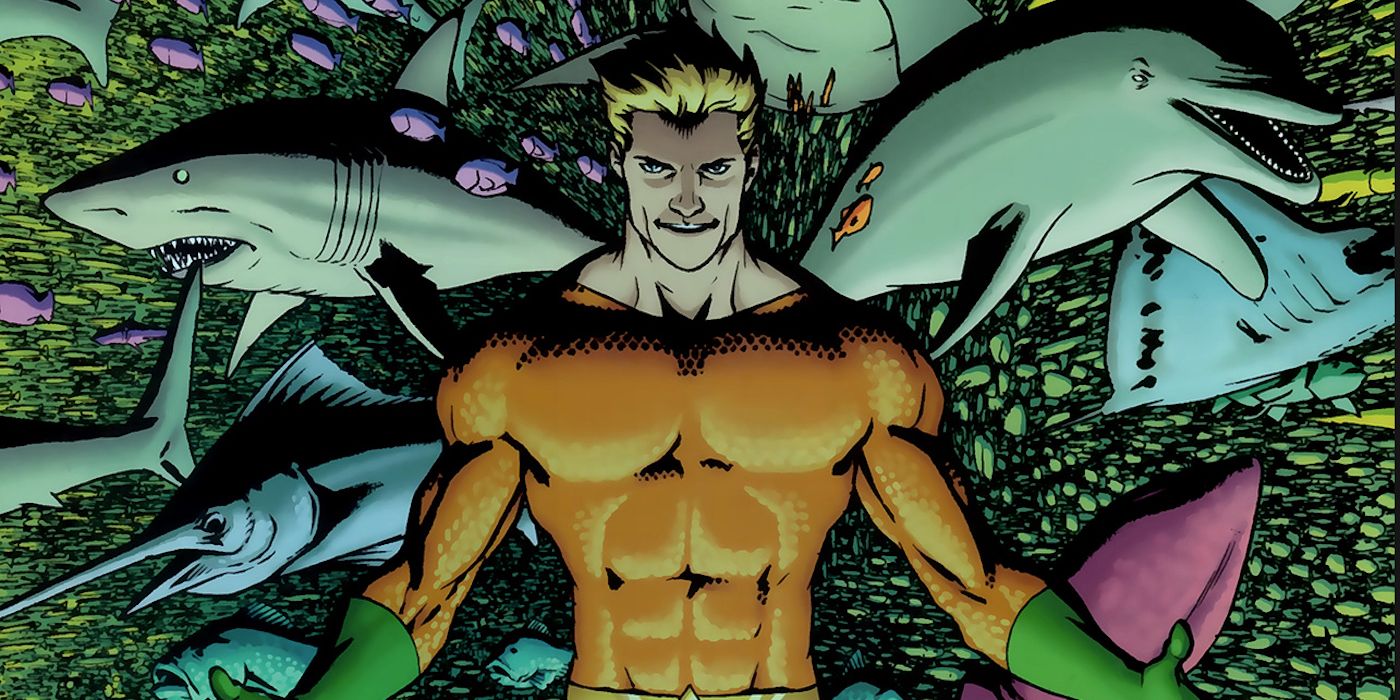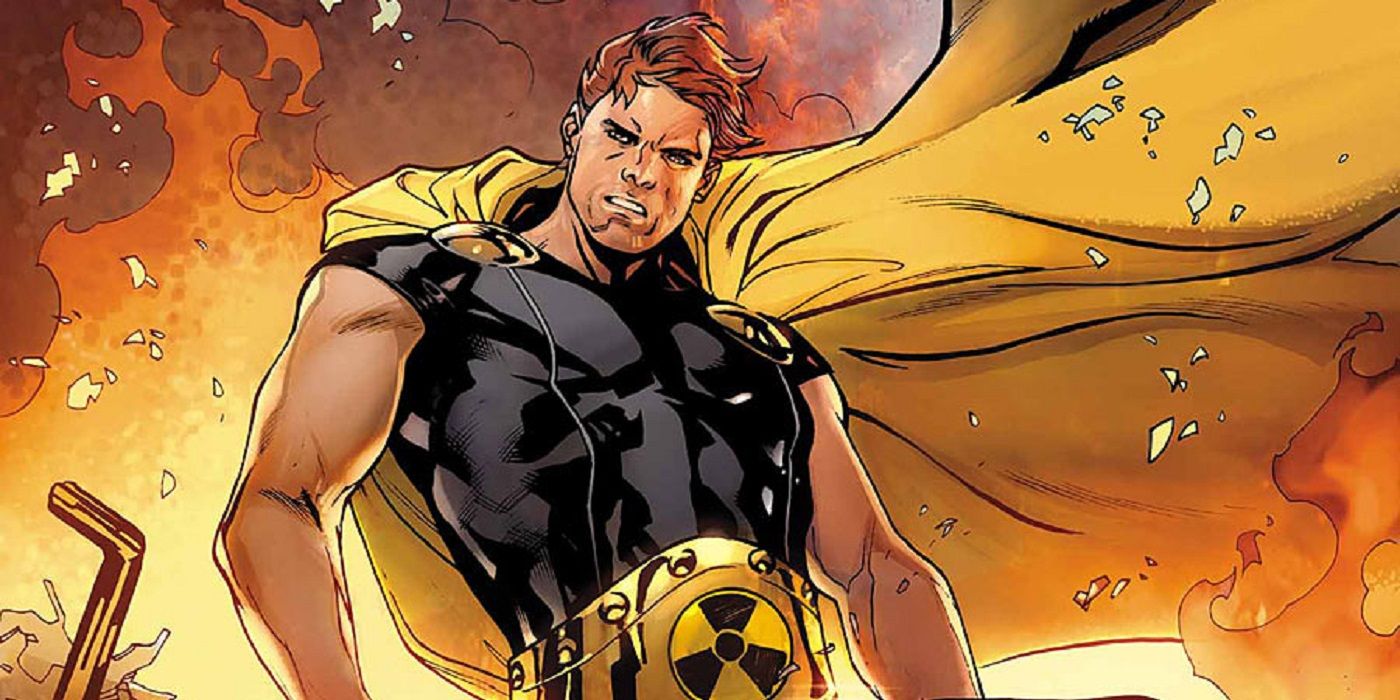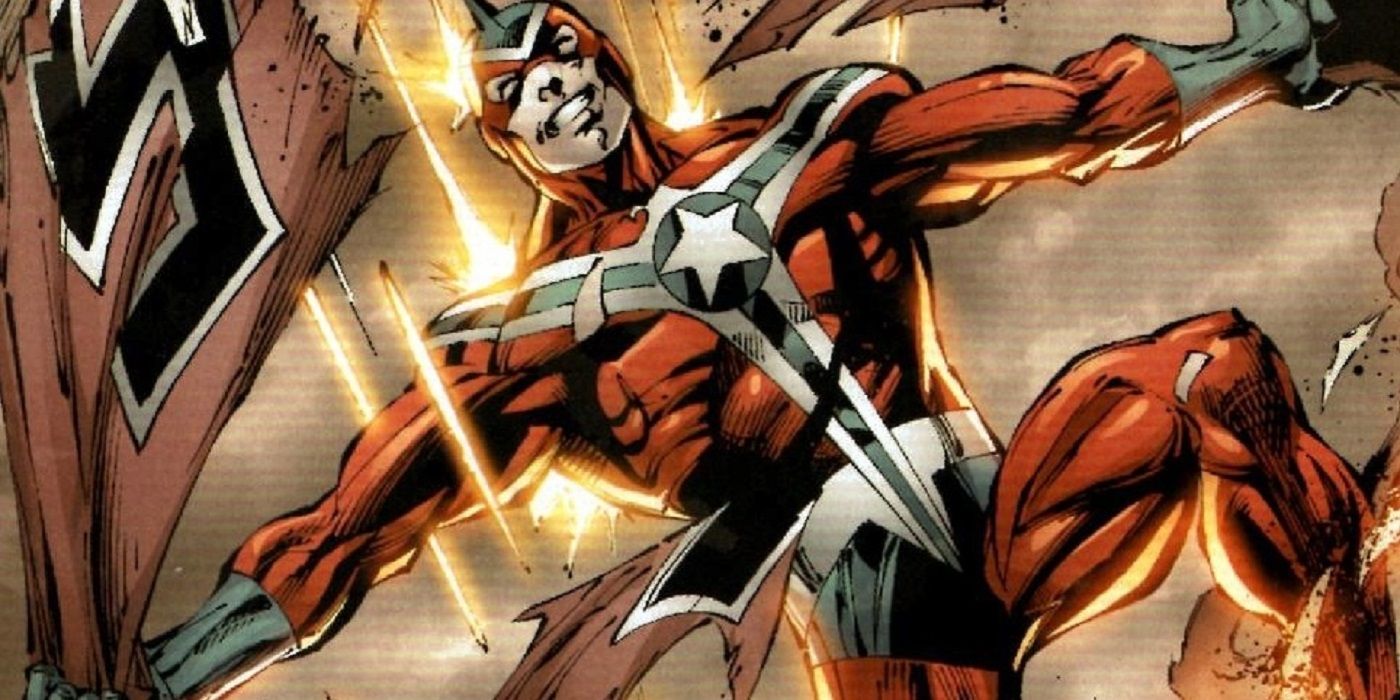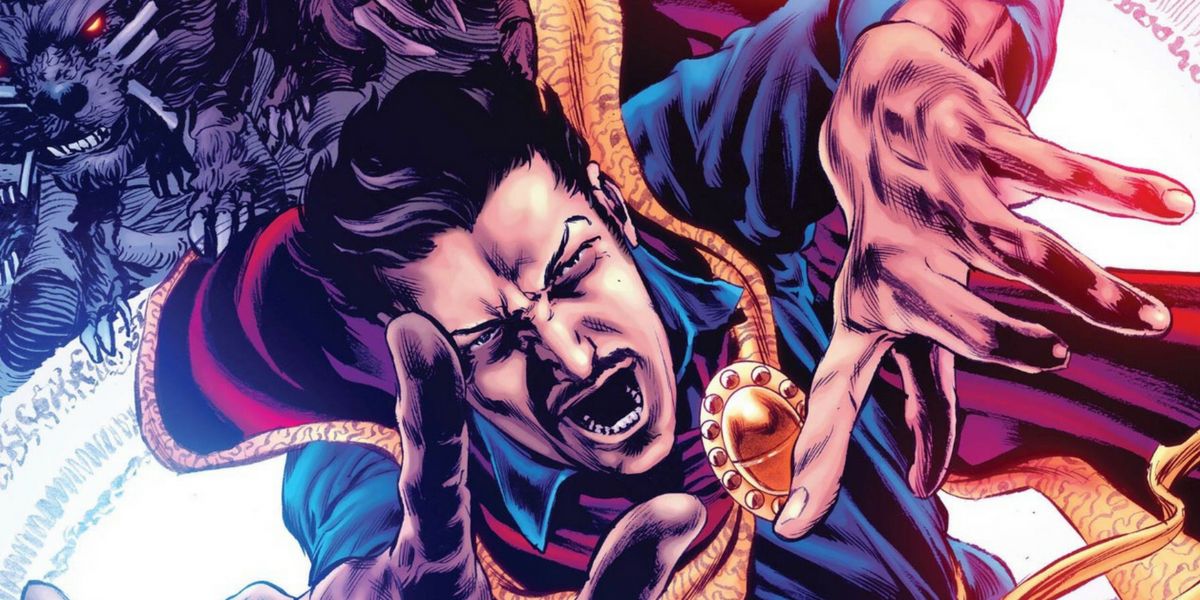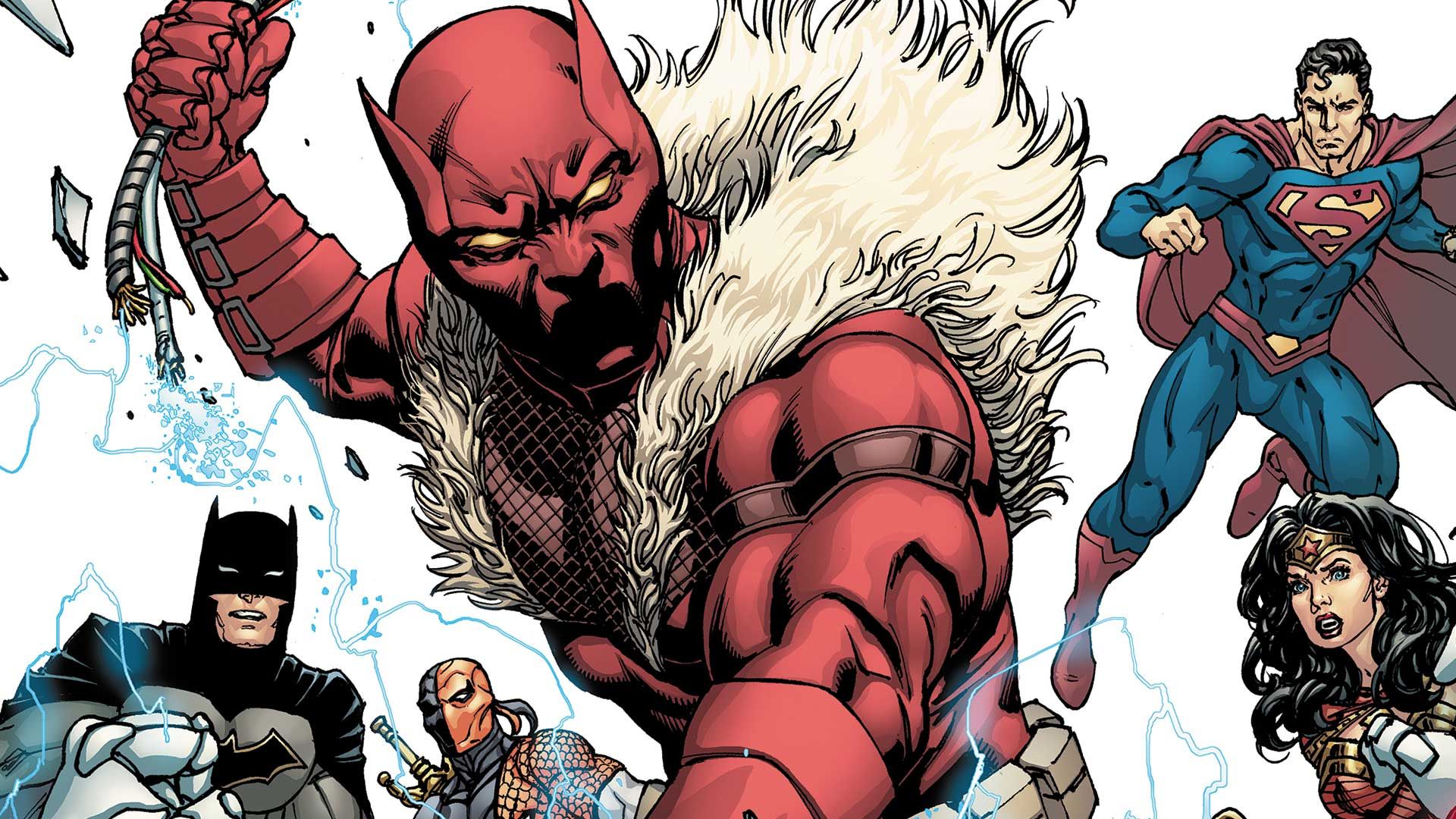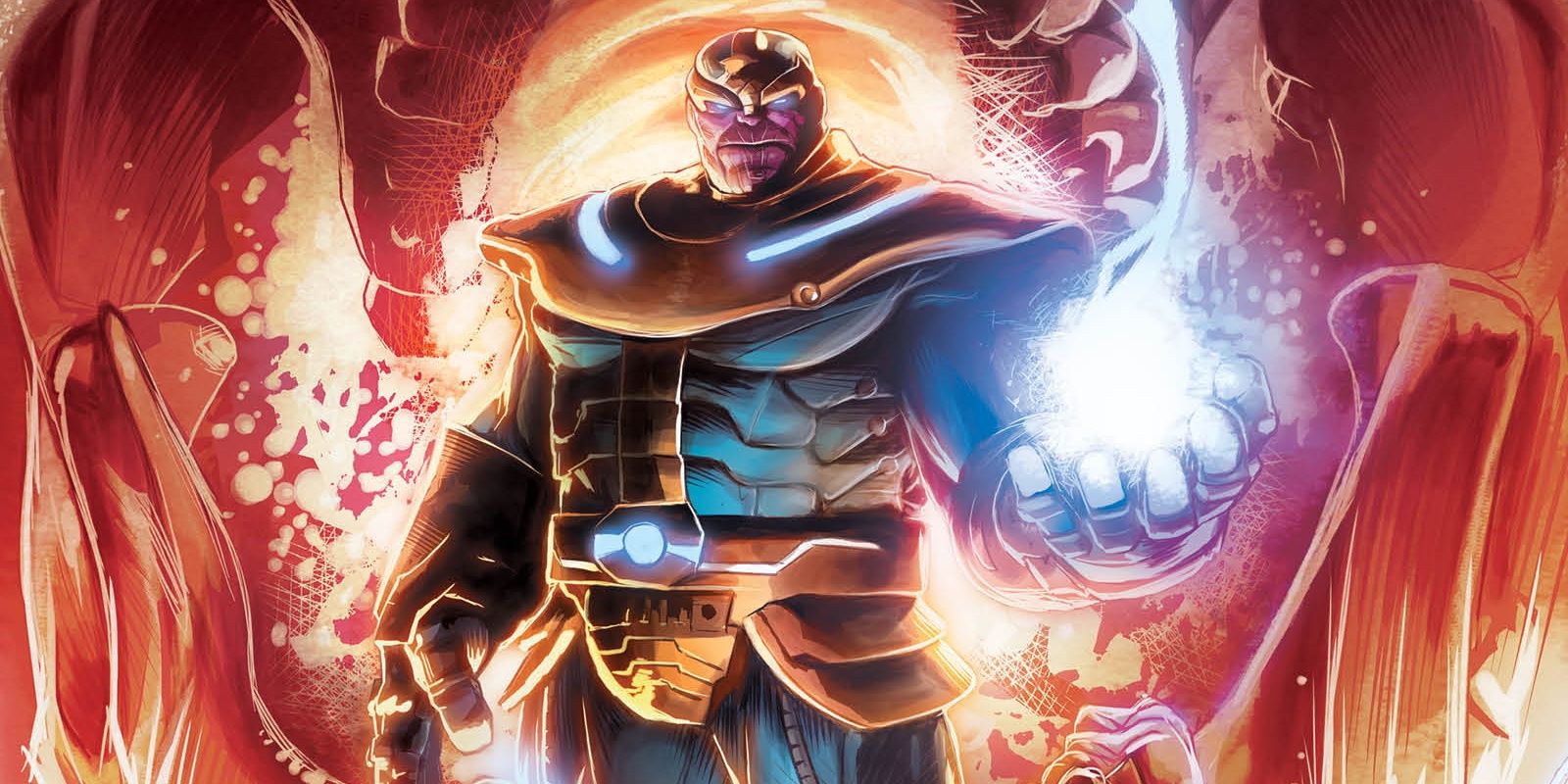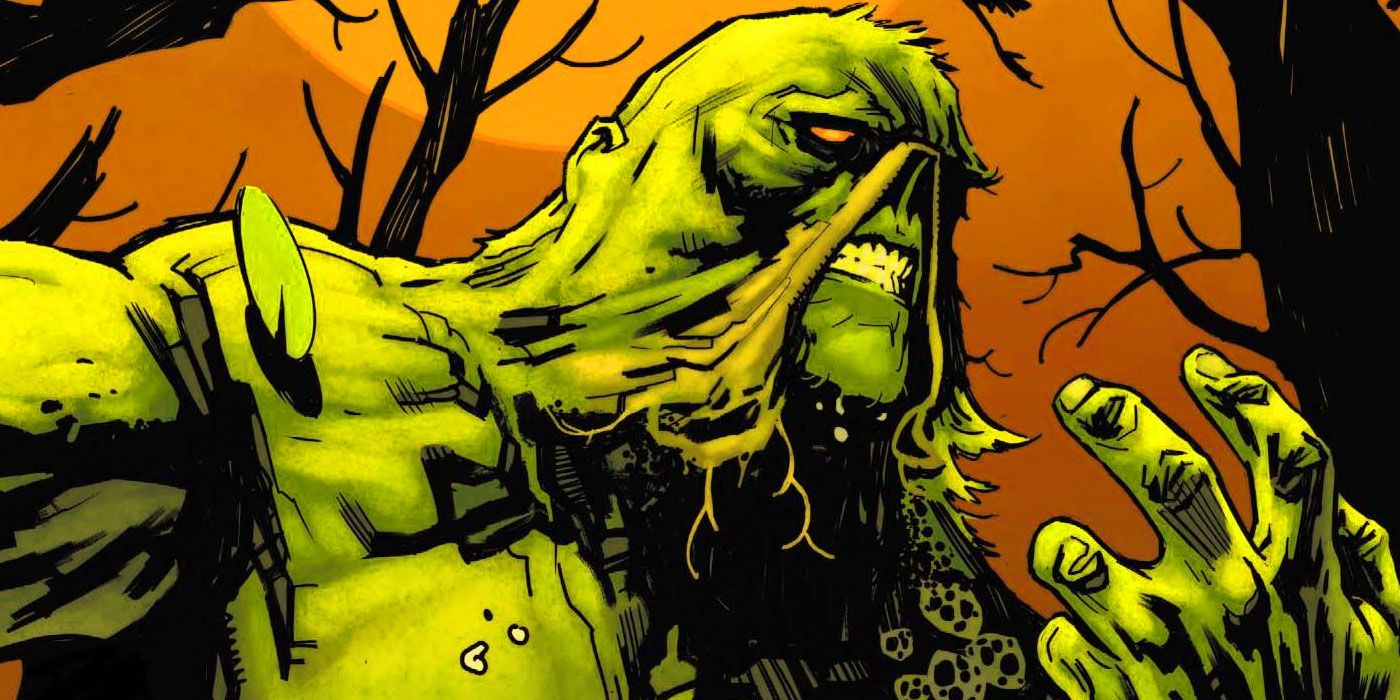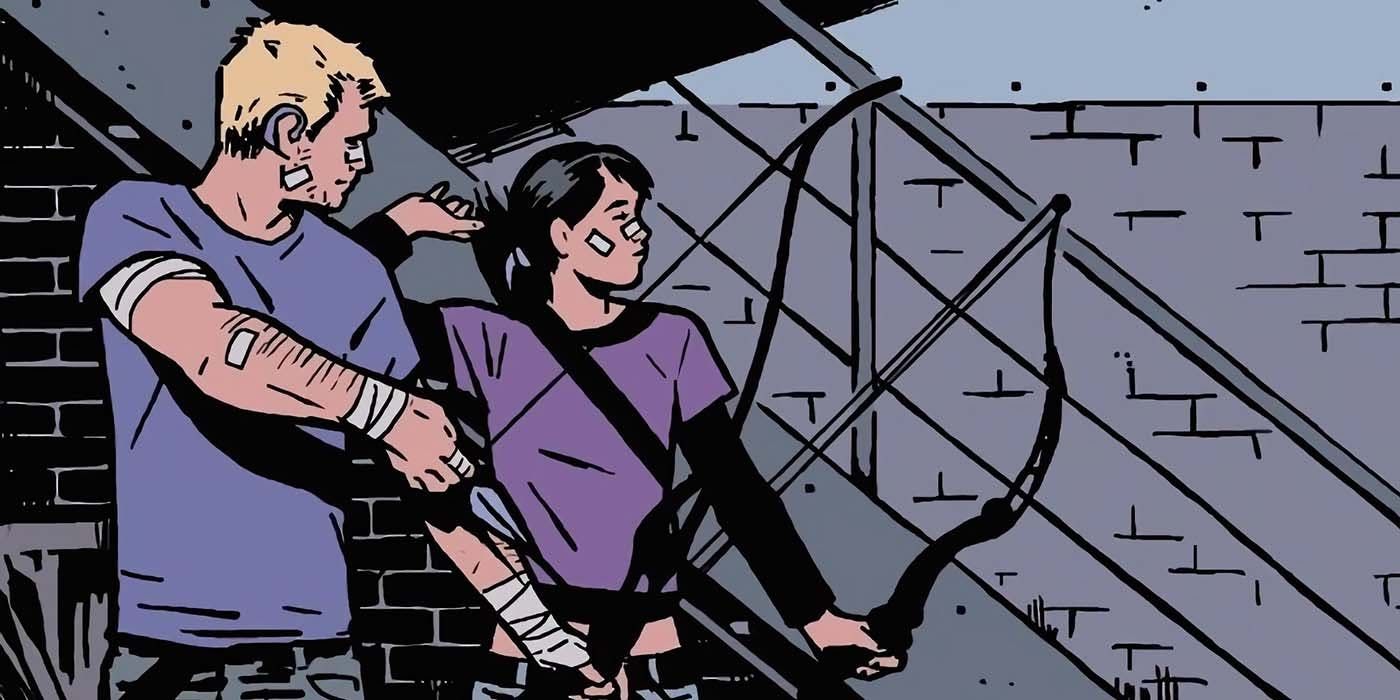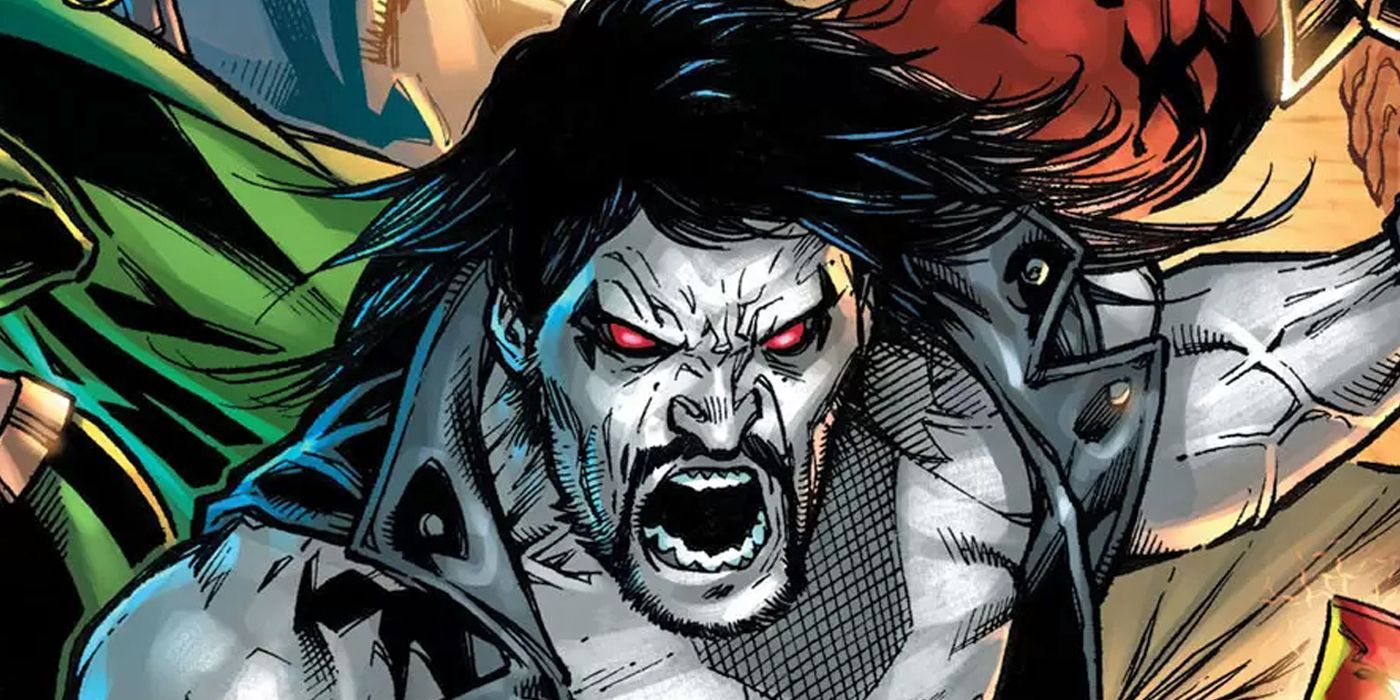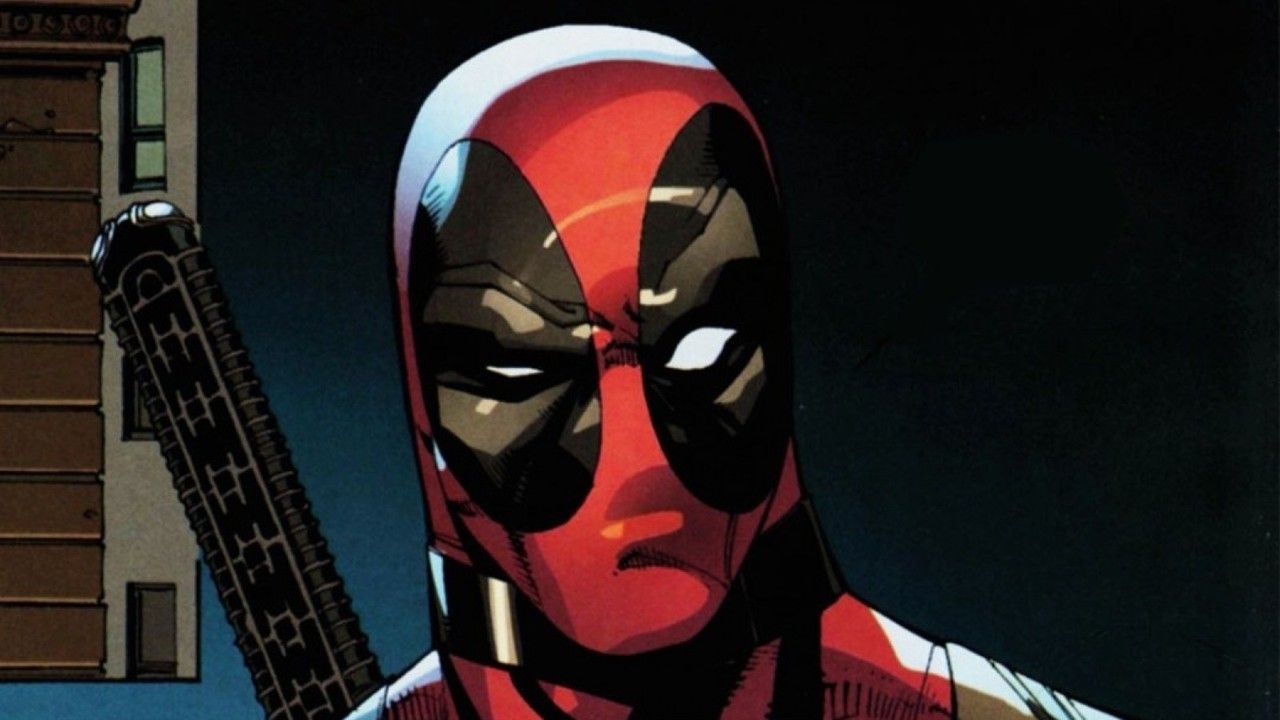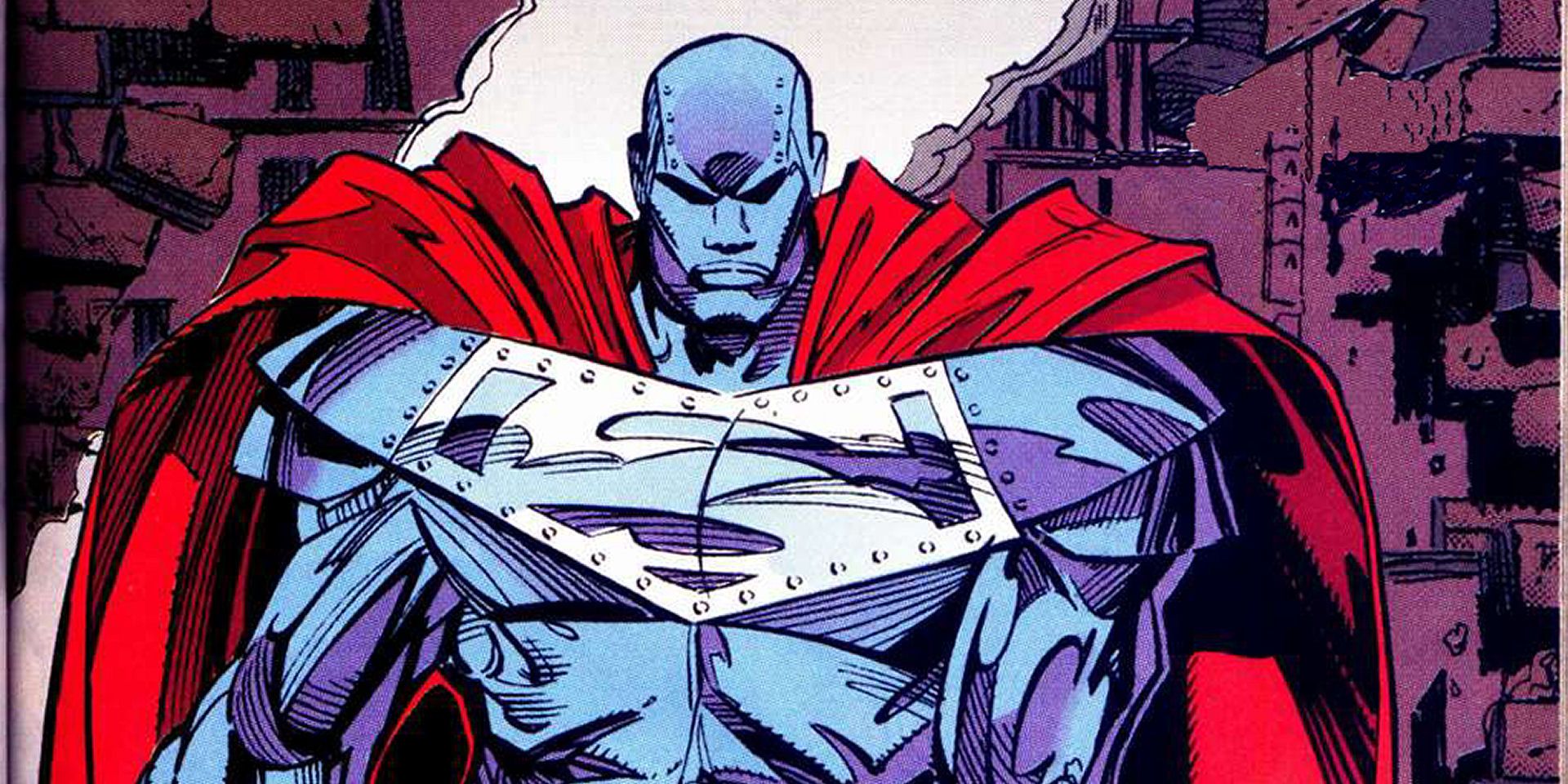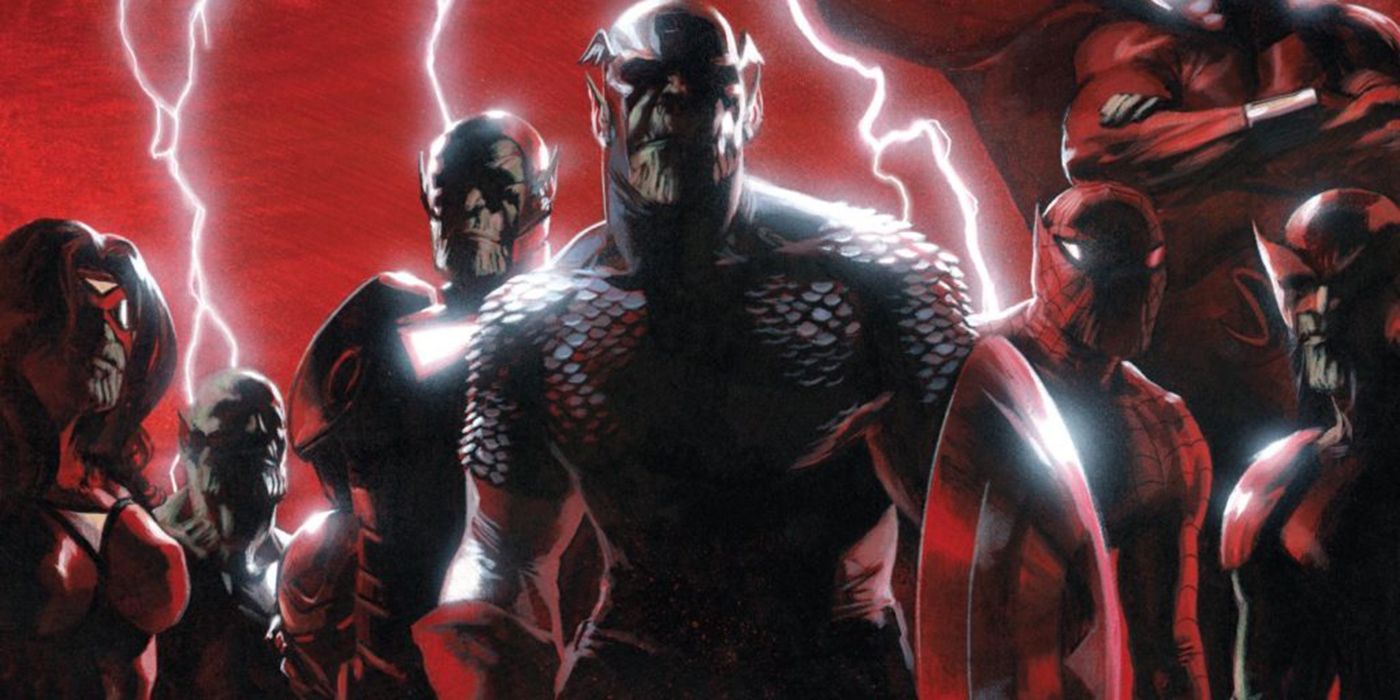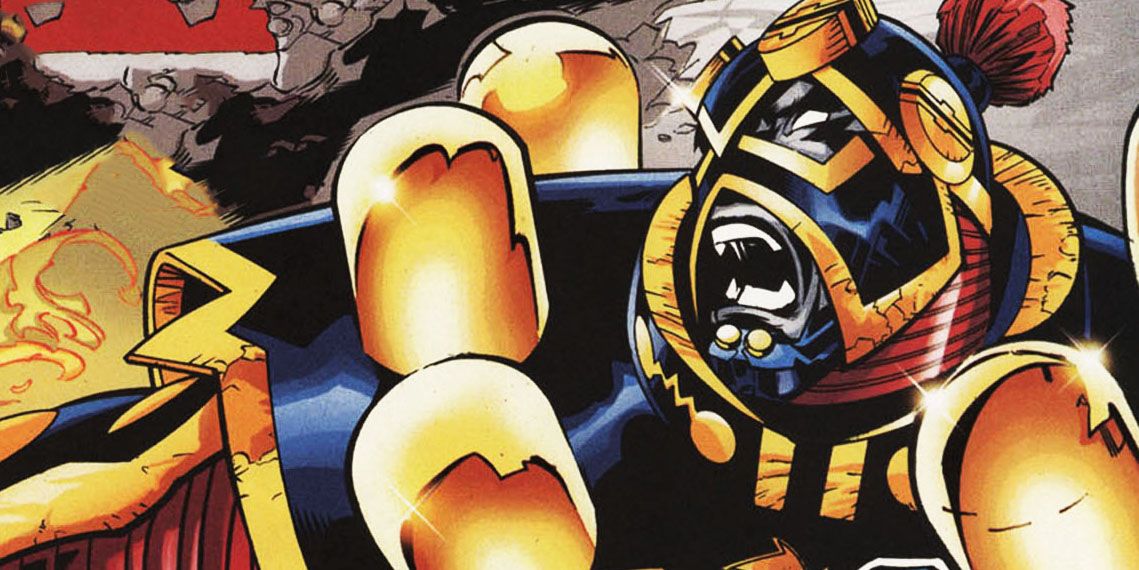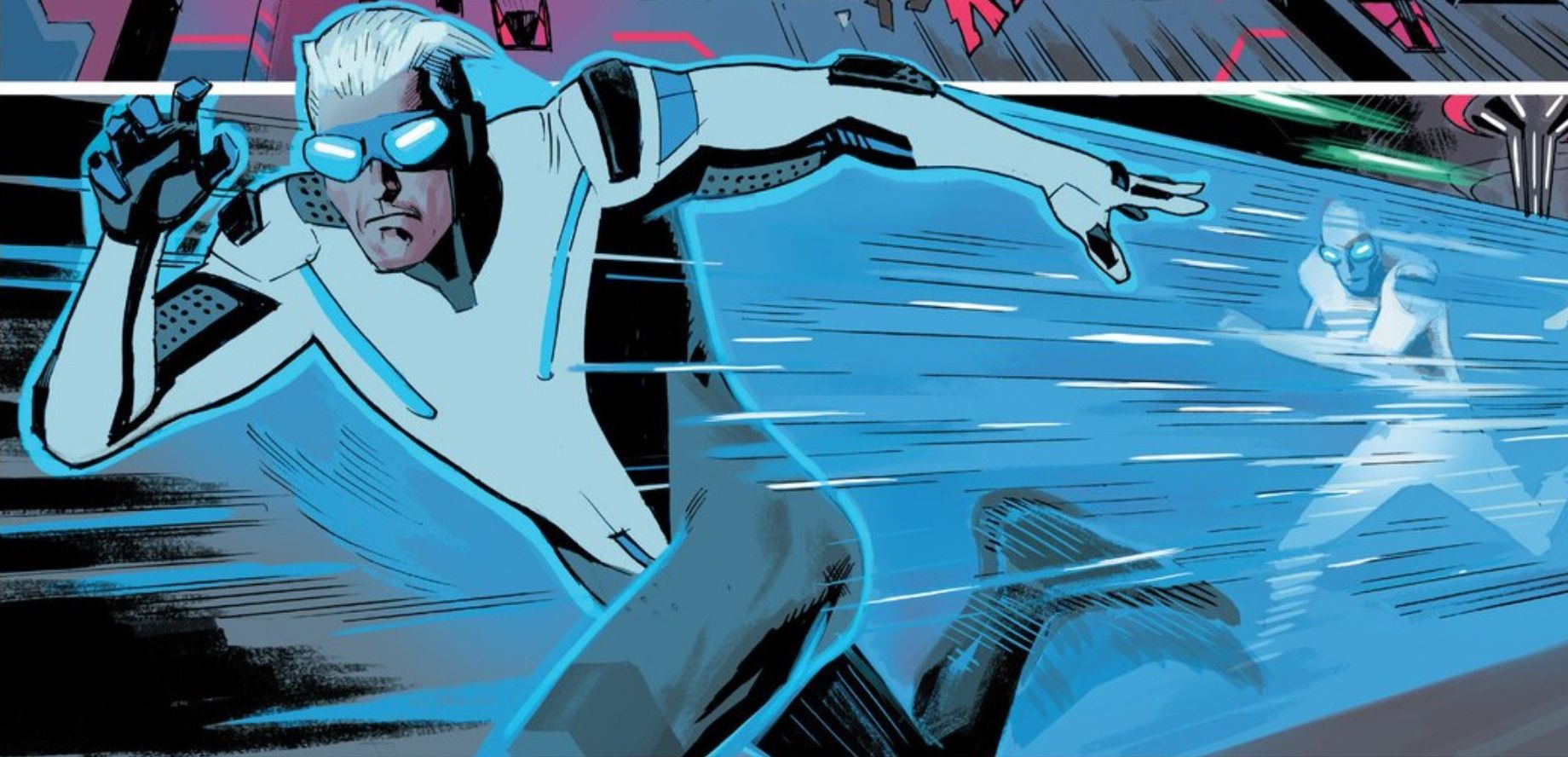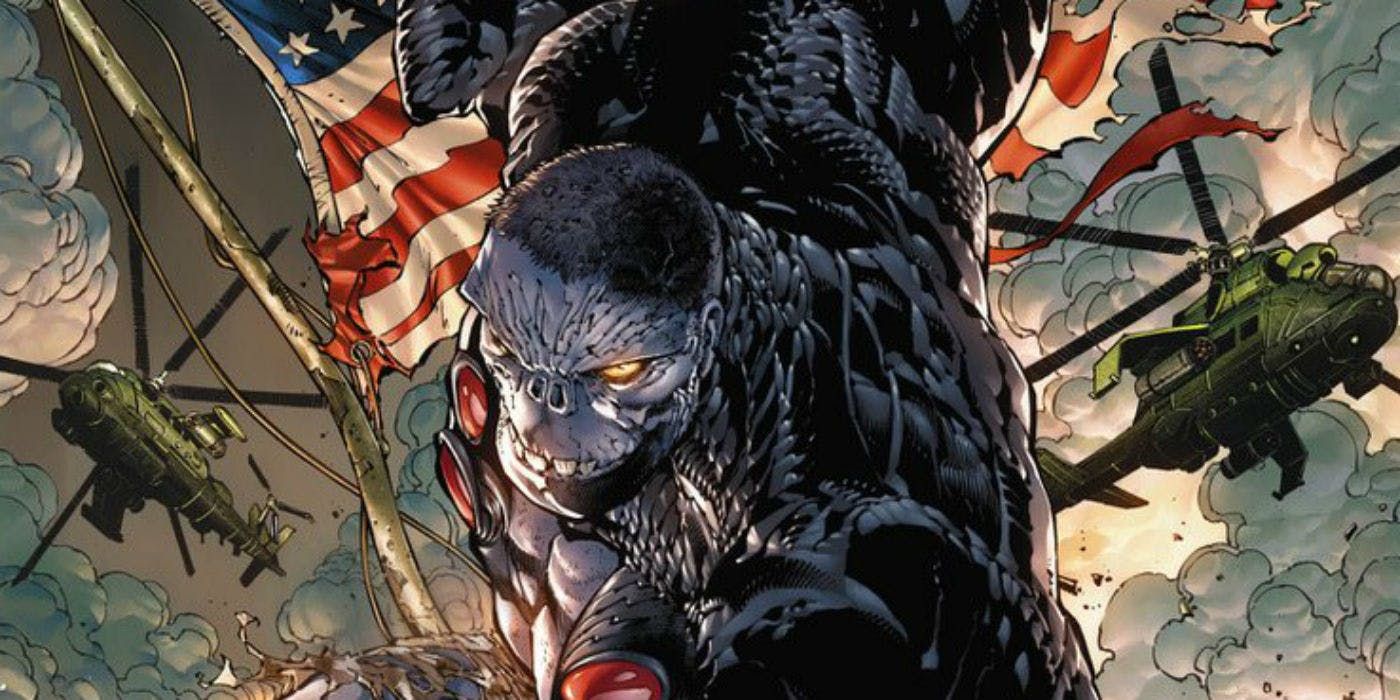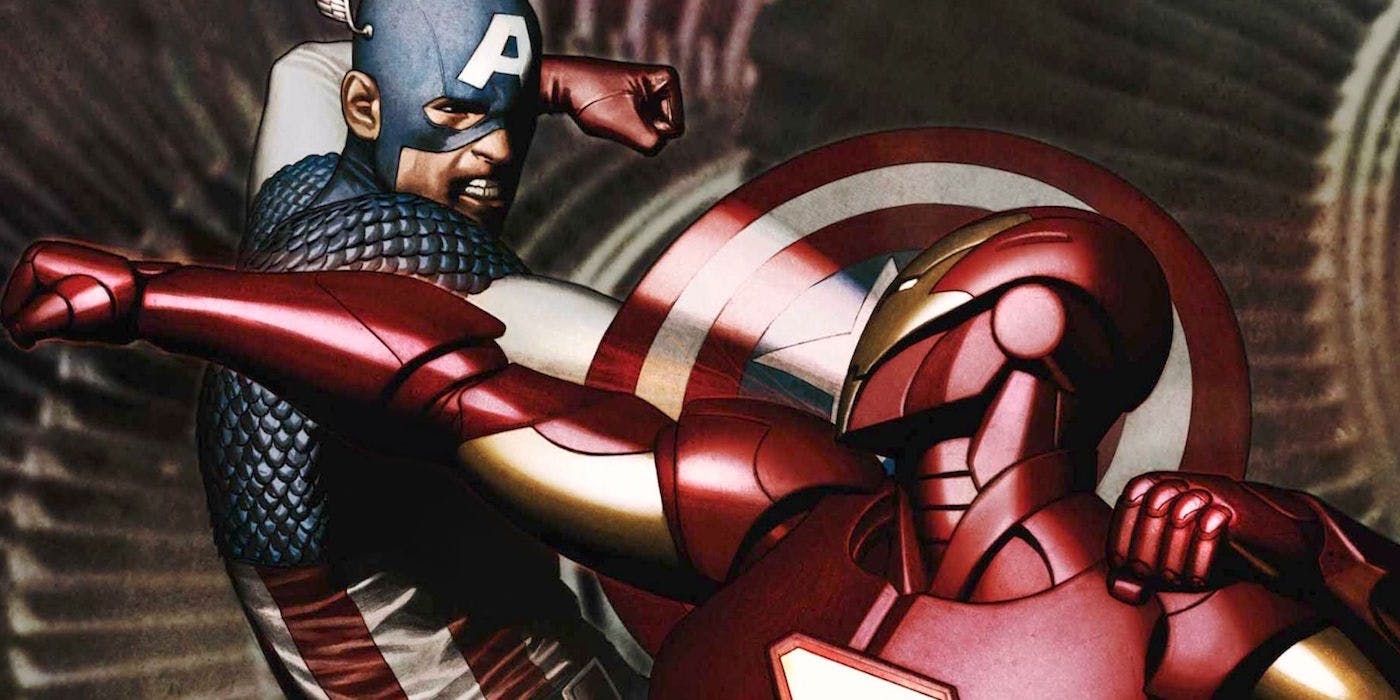DC and Marvel are the two more famous, successful comic book companies in the world. Their paper/digital products draw millions of customers, and both companies have enjoyed commercial success, too. Marvel has achieved unimaginable prosperity with the MCU and the company’s Netflix line of shows (they also have various other television products, as well as a long line of video games). Similarly, DC has enjoyed a lot of success with its Arrowverse and, historically, its movies as well, though the last decade of DC’s silver screen adventures have been met with mixed results.
The comparisons between the two companies are endless and many of these commonalities are quite direct. Many times in the history of both companies, they have ripped off each other’s characters and story ideas. Some of these copies have been successful, as they have surpassed their inspirations. Deadpool is the most immediate example, as his movie franchise broke box office records. Similarly, Aquaman is one of DC’s biggest characters whereas his inspiration, Namor, has somewhat fallen by the wayside. Other rip-offs have paled in comparison to the original product. Steel never managed to reach Iron Man’s level, even before Tony Stark became the glue of the MCU. Some of these rip-offs are pretty new, so it’s hard to tell which company did it better. We’ve decided to list some of the most glaring rip-offs in the history between the competition between Marvel and DC. Is either side the “winner” when it comes to stealing ideas from the competition? Time will tell.
20 DC: DR. DREAD/DOCTOR DOOM
In any form of entertainment, especially comics, you’re likely to find antagonistic characters whose names feature “Doctor” and a descriptive adjective. Marvel has one of the most famous examples of such a character with Doctor Doom. Doom is the legendary rival of the Fantastic Four, and he has become one of the company’s most powerful, successful villains. DC, at least on paper, ripped off Marvel when they created Dr. Dread.
Dread was a flash in the pan, as he only appeared in one issue (Doom Patrol #10) before returning with a familiar look in The Terrifics. Dr. Dread is one of the worst attempts, by either company, to rip off the competition’s success.
19 MARVEL: VISION/RED TORNADO
Despite the proximity of their debuts (or, perhaps, because of it) Vision is clearly a rip-off of the Red Tornado. DC introduced Ulthoon, the Tornado Tyrant in 1960. Ulthoon was the predecessor to the Red Tornado, who didn’t debut until Justice League of America #64 in August 1968. Vision, on the other hand, debuted just two months later in The Avengers #57. Readers quickly realized that the two robotic characters have a lot in common.
Both characters are androids; Marvel tried to distinguish Vision as a "synthezoid" but fans weren’t fooled. Red Tornado and Vision look identical, with the only crucial difference being the color of their “skin" (red for the Tornado, green for Vision).
18 DC: THE TERRIFICS/FANTASTIC FOUR
It’s weird to think that anyone would rip off their competitor multiple decades after the creation of the original content, but DC has done that multiple times in the past year alone. Sideways and the Terrifics have been called DC’s answers to Spider-Man and the Fantastic Four, some of Marvel’s most famous characters of all-time. The Terrifics’ similarities with their counterparts are especially striking.
First, there’s Mr. Terrific, a genius like Reed Richards. Ironically, the team has two characters that represent Richards in the aforementioned Mr. Terrific and Plastic Man, whose elasticity rivals that of Mr. Fantastic himself. Then, there are some parallels between Metamorpho and the Thing, and Phantom Girl is also fairly similar to Sue Storm, the Invisible Woman.
17 MARVEL: BLACK CAT/CATWOMAN
Like many rip-offs, Black Cat’s outfit, character description, and especially her name bear a striking resemblance to a previously established character. In this case, DC’s Catwoman had made a name for herself since she debuted in Batman #1 in 1940. So, while there wasn’t necessarily a need for another feminine, feline-based villain, Marvel still wanted to feed off of Catwoman’s success -- hence, Black Cat.
Marvel introduced the world to Felicia Hardy in 1979, and the Catwoman connection was fairly clear. Hardy’s skin-tight black outfit, and criminal background are blatant “tributes” to Selina Kyle. Plus, both Hardy and Kyle are love interests of famous heroes (Spider-Man and Batman, respectively).
16 DC: AQUAMAN/NAMOR
Aquaman, despite being one of most famous characters in DC history, is also one of the company’s most blatant rip-offs. Namor debuted in Marvel Comics #1 and his unique backstory as an undersea monarch of Atlantis made him a fan-favorite character. Just two years later, DC cashed in in Namor’s success when they introduced the world to Aquaman.
Arthur Curry has fairly similar powers to the Sub-Mariner and both characters are often defined by their strained relationship with the surface world. Ironically, Aquaman was the first of the two to be classified as an Atlantean. Aquaman has historically been viewed as a laughingstock, but neither character should be trifled with.
15 MARVEL: HYPERION/SUPERMAN
It’s fair to argue that Superman is the most successful superhero of all-time. Of course, Marvel would do anything possible to replicate that prosperity. Throughout the years, Marvel has repeatedly tried to make their own Man of Steel. Success is relative, but Marvel’s answers to Superman have paled in comparison to the original hero.
First, Sentry crashed the scene in 1969 with a backstory full of connections to Greek mythology. The 2003 series Supreme Power took Hyperion’s similarities with Superman to the next step, as it gave the Marvel hero a backstory that’s a little too similar to the Last Son of Krypton.
14 DC: COMMANDER STEEL/CAPTAIN AMERICA
If there’s any character in comics that has been ripped off more than Superman, it’s Captain America. As a classic patriotic hero, everyone wants their own version of Steve Rogers. DC has tried on multiple occasions to find an answer to The First Avenger and Commander Steel may be the most notable example of these carbon copies of the Captain.
Like Rogers, Commander Steel’s origins link back to World War Two and he also has a red, white and blue suit. None of DC’s attempts at recreating Rogers, including Commander Steel, have been notably successful. However, it must be noted that the one version of the character, Nate Heywood, has a recurring role on Legends of Tomorrow, so he has enjoyed some recent fame.
13 MARVEL: DOCTOR STRANGE/DOCTOR FATE
As two of the most powerful sorcerers in their respective universes, it makes sense that these two characters would match each other in some ways. However, when it comes to Doctor Fate and Doctor Strange, the parallels are a little too obvious to be coincidental. Both mystical masters draw their powers from an array of magical artifacts. Both characters bear the responsibility of defending the world from dark magic. Oh, both doctors also wear special capes.
In all seriousness, Doctor Fate debuted in 1940, so he was a firmly established character by the time Stephen Strange showed up in 1963. However, Strange is a more recognizable figure, given his role in the MCU and Doctor Fate’s shortage of appearances outside the comics.
12 DC: RED LION/BLACK PANTHER
While Red Lion is a rip-off of Black Panther, this character is more of an opposite side of the original material rather than a direct copy. Whereas Black Panther is a (typically) beloved king and a genius, Red Lion is a harsh dictator and warlord. Both characters rule fictional countries in Africa and, other than the color of their super-suits, their costumes are nearly identical.
Red Lion is a relatively new addition to the DC Universe -- he only debuted in 2016 in Deathstroke: Rebirth #1. So, there’s still plenty of time for DC to establish for parallels with Black Panther.
11 MARVEL: THANOS/DARKSEID
Darkseid and Thanos have become two of the best villains in comic books. Ironically, though Darkseid debuted roughly three years before his Marvel counterpart, thanks in large part to the MCU, Thanos has dwarfed his predecessor. Infinity War co-director Joe Russo wanted Thanos to be this generation’s Darth Vader; while the jury’s still out on the completion of that goal, there’s no doubting Thanos is now one of the most famous villains in contemporary pop culture.
Both Darkseid and Thanos are often seen as mysterious figures pulling the strings in hopes of grander schemes. Additionally, both villains are powerful galactic conquerors. Overall, while Darkseid is no slouch, Thanos left the ruler of Apokolips in the rearview mirror a while ago.
10 DC: SWAMP THING/MAN-THING
Swamp Thing’s similarities with Man-Thing are too obvious to ignore. First, they debuted in an oddly short period of time; Man-Thing arrived in May 1971 while Swamp Thing showed up two months later. Everything from their appearance, their names and their origin stories line up to the point of absurdity. They’re both swamp-based monstrous plants.
It doesn’t help that Swamp Thing’s creator, Len Wein, worked on an unpublished Man-Thing story shortly before the writer jumped ship to DC. While the two characters have rather distinct power sets, it’d be hard to convince anyone these two beasts aren’t practically the same.
9 MARVEL: HAWKEYE/GREEN ARROW
One of the most blatant ways that Marvel has ripped off DC has to be the relationship between Hawkeye and Mockingbird. The resemblance between this pairing and the relationship between Green Arrow and Black Canary is uncanny. Both feature an attitudinal, expert marksman/archer, as well as a leather-clad, crime-fighting blonde woman. It doesn’t help that Dinah Lance and Barbara “Bobbi” Morse use similar bird-themed aliases: Black Canary and Mockingbird.
Unlike many other rip-offs, Hawkeye and Green Arrow have both enjoyed commercial success; Hawkeye has a recurring role in the Marvel Cinematic Universe while Arrow launched a whole line of CW superhero shows.
8 DC: LOBO/WOLVERINE
After Wolverine debuted in 1974, he quickly became one of the most successful characters in comic books. No one should be surprised that DC tried to recreate some of the magic by pushing Lobo. While Lobo was an intentional parody of the darker characters that began permeating comics in the '80s, he still deserves a spot on this list.
Both Lobo and Wolverine are grizzled, violent anti-heroes with troubled pasts and healing factors. They also have similar speaking patterns and both have an affinity for cigars. Fans took a liking to Lobo, who has become a cult hero among DC’s readership.
7 MARVEL: DEADPOOL/DEATHSTROKE
You could say we’re cheating with Deadpool’s inclusion on this list. Come on, even their secret identities -- Slade Wilson and Wade Wilson -- are practically identical. The commonalities between these two mercenaries also include their costumes and their general character descriptions. Deathstroke became one of DC’s best characters in the '80s, and Marvel intentionally ripped off “the Terminator.”
Deadpool creator Rob Liefeld is a self-proclaimed Teen Titans fan, so he wanted to pay tribute to his childhood heroes by parodying their biggest rival. As it turns out, in terms of commercial success, Deadpool, especially in recent years, has surpassed his inspiration.
6 DC: STEEL/IRON MAN
Robert Downey Jr.’s portrayal of Iron Man has made the Armored Avenger one of the most popular characters in all of pop culture. But Tony Stark has been a pillar of Marvel Comics since 1963. Of course, DC wanted to make their own version of Iron Man, so they came up with Steel.
John Henry Irons debuted in 1993. Like Stark, Irons is involved in the weapons industry and he becomes horrified by the damage his creations are causing. Irons decides to become a hero, so he dons a metal suit, as Stark did. Steel hasn’t enjoyed nearly as much fame as Iron Man, making Steel just another unsuccessful knockoff.
5 MARVEL: SECRET INVASION/MILLENNIUM
"Millennium" hasn’t exactly stood the test of time; plenty of other DC events come to mind before this late ‘80s story. "Secret Invasion", though, is considered one of Marvel’s best events of the 21st century. Given the relative lack of long-term success of "Millennium", it’s surprising, then, how successful "Secret Invasion" proved to be.
Both stories feature a group of extraterrestrials (Skrulls for Marvel and Manhunters for DC) replacing the world’s most beloved heroes with, essentially, mind-controlled clones. As a result, both "Millennium" and "Secret Invasion" focus on the theme of distrust, given that the heroes initially can’t tell who’s been replaced. Marvel’s version was more successful, primarily because it was the product of years of buildup from other stories.
4 DC: IMPERIEX/GALACTUS
Galactus is, literally and figuratively speaking, one of Marvel’s biggest villains. The Devourer of Worlds (and eventual Lifebringer) has been a fixture in Marvel Comics since 1966. The shocking idea of a armor-clad, planet-eating giant stood out to fans, who became enamored with this Fantastic Four villain.
Many years later, DC tried to make their own version of Galactus. Imperiex, a heavily-armored giant being with an unquenchable hunger, debuted in 2000. DC upped the ante, as their version of the hungry colossus feeds on entire universes. Unfortunately, despite seeming even more powerful, Imperiex hasn’t had as much lasting success as his Marvel counterpart.
3 MARVEL: QUICKSILVER/FLASH
When we think about it now, having characters race around at the speed of light seems like child’s play in comic books. However, speedsters weren't always a given. DC beat Marvel to the punch when the former introduced the world to the Flash in 1940. The character quickly became a hit because readers had never seen a character with such incredible speed.
By 1964, Marvel realized their growing roster of heroes was missing a speedster, so they created Quicksilver, a character whose power set is quite similar to the Flash. The Scarlet Speedster has become one of DC’s most successful characters while his Marvel counterpart has not enjoyed nearly as much success.
2 DC: DAMAGE/HULK
There weren’t too many blatant similarities between Damage and the Hulk until DC introduced a new version of the former in 2018. As part of the company’s New Age of Heroes initiative, DC gave Damage a new series, with soldier Ethan Avery carrying the mantle. Avery’s version of the character looks nearly identical to the Hulk, and Damage’s stories usually revolve around the idea of a raging monster wreaking havoc on innocents (sounds familiar).
Sure, there are some clear differences -- Bruce Banner is a scientist that became the victim of a freak accident while Avery is a soldier that’s exposed to a government program. But it’s clear that Damage is DC’s latest attempt at making their own Hulk.
1 MARVEL: CIVIL WAR/KINGDOM COME
At various points, both companies have featured events that are just too similar to the competition’s stories. For example, "Civil War" isn’t a direct copy of Kingdom Come, but their likeness doesn’t seem like a coincidence. Kingdom Come first hit the stands in 1996, and it featured a story in which DC’s best heroes fought their peers over conflicting ideologies. When Marvel’s "Civil War" came along in 2006, the similarities weren’t immediately apparent, but there are plenty to be found.
Among other things, Marvel’s heroes are conflicted over their right to secrecy as opposed to the public’s right to hold them accountable. The biggest difference between the two stories is Civil War’s status as a canonical event whereas Kingdom Come is an Elseworlds story.

